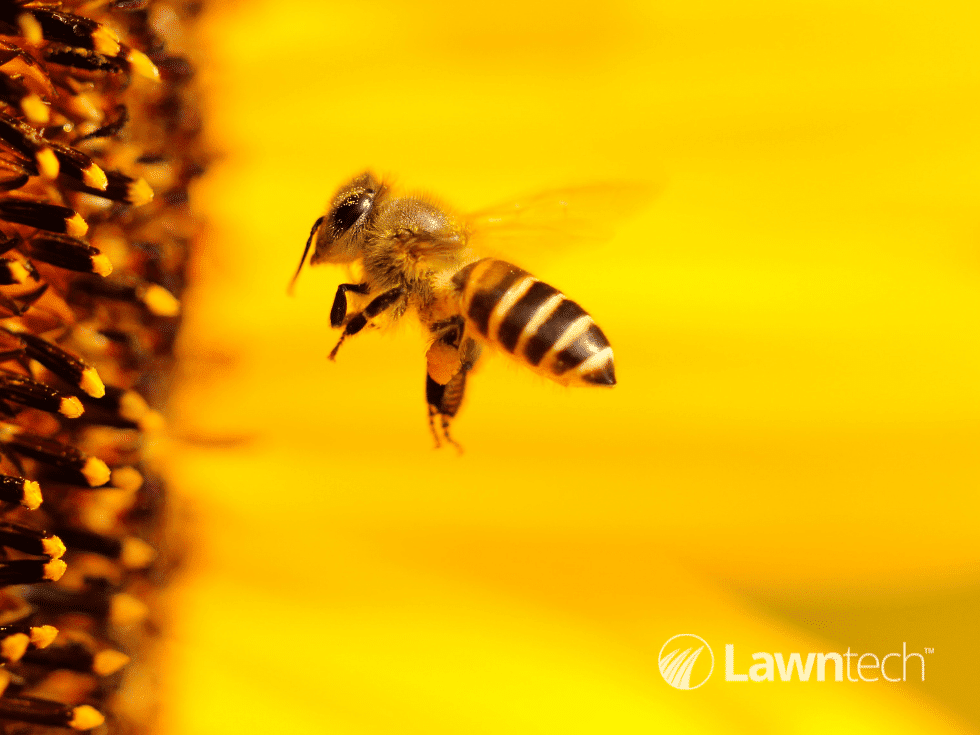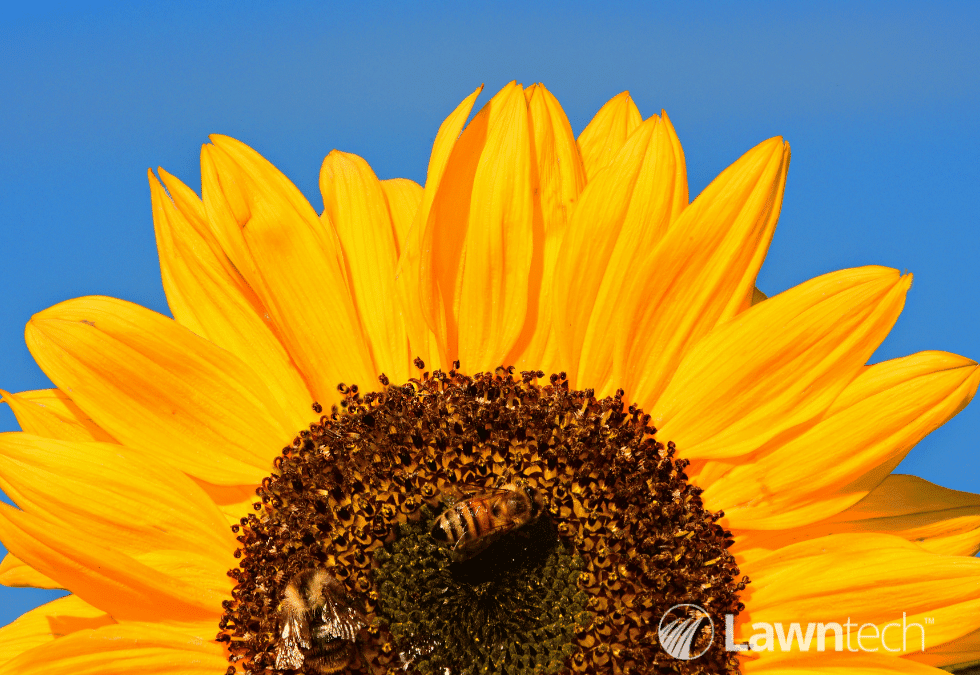BUZZ THE TOWER, MAVERICK!
If you’re old enough to get the reference (or feel the need for speed), then chances are you’ll have noticed the decline in bee numbers over the passing years. Although we’re much more aware of this than we ever used to be, their numbers continue to fall. The truth is that bees and other such clever critters pollinate nearly ¾ of the plants that produce 90% of our food. Without them, the human race would be in a very precarious position.
That’s why World Bee Day (on May the 20th) is so important, as a reminder that we need to do everything we can to reverse this alarming trend. The World Bee Day’s website has a huge variety of resources to help our furry friends to thrive, including a really useful toolkit. There are brochures, leaflets and posters to download, and this year they’re running 2 internet events:
- Webinar: May 18th @ 18:00 – ‘Bees and Biodiversity in the City’
- Virtual Meeting: May 20th @ 12:00 – ‘Bee Engaged’
We can all contribute to the preservation of bees and other pollinators by…
- Planting nectar-bearing flowers in gardens, terraces and balconies.
- Buying honey and other hive productsfrom your local beekeepers.
- Only using pesticides that are bee-friendly, spraying early morning and late at night when bees are less active

One of Mother Nature’s miracles. A bee spotted in the act of pollinating.
BEE TYPES
There are an incredible 200 hundred-plus species of bee found in the British Isles, with most belonging to the solitary bees group. However there are 3 main types to look out for;
Honeybee – There is only one species of honeybee in the UK, which is the European honeybee. Hives can number between 20,000 and 60,000 bees. Honeybees have comparatively short tongues, meaning they are limited to certain pollen sources.
Bumblebee – 25 of the UK’s bee species are bumblebees. The majority of these are social bees, with a well-established colony comprising up to 400 bees. Their tongue lengths vary, so different species feed on different flowers.
Solitary bees – The majority of the UK’s bee species are solitary bees, of which we have around 250 species. Solitary bees exist only in the wild and are the most effective pollinators of all bee species.
How to save a struggling bee
It can be hard to tell if a bee is suffering from exhaustion (after all that flying), is poorly or has simply been caught out in the rain. But before you intercede, it’s best to check that it does actually need help and isn’t just having a pit stop…
- Put it somewhere warm – slide a piece of paper beneath it and place it in warm, dry place.
- If there are flowers nearby, gently move the bee onto them for some food.
- If no flowers are available, create a 50:50 sugar and water solution on a spoon or clean milk bottle lid and leave the solution by the bee’s head.
- Wait! Many will recover in anything from a few minutes to an hour after feeding on a syrup solution.
- Put the bee somewhere safe (eg: a plant pot), where it can stretch out and fly away when it’s recovered.

Did you know? To make one pound of honey, bees fly over 55,000 miles, or the equivalent of 2.2 times around the world!
B LINES
B-Lines are an imaginative and beautiful solution to the problem of the loss of flowers and pollinators. A series of ‘insect pathways’ running through our countryside and towns will link existing wildlife areas together, creating a network across the British Isles. As part of the National Pollinator Strategy for England, Buglife’s B-Lines are helping by creating a network of flower-rich pathways (B-Lines) across the countryside, towns and cities.
B-Lines bring a range of benefits including:
- Conserving native pollinators and other wildlife, contributing towards Biodiversity.
- These Wildlife Corridors help a multitude of wild species move around freely.
- Increasing the number of insect pollinators, as pollination is such an important ‘ecosystem service’
- Giving opportunities for everyone to play their part and help create the B-Lines network.
B-Lines have been mapped across England, Wales, Northern Ireland and large areas of Scotland. The South West region is home to nationally rare and threatened bees such as the Brown-banded carder bee, Long-horned bee, Potter Flower Bee and Phantom Hoverfly. Special areas include Bodmin Moor, the Lizard Peninsular in Cornwall, the Dorset heaths, the Thames marshes and parts of the Severn River valley. You can check your regional map to see if you’re on a B-Line and even download a free map for your area:
www.buglife.org.uk/our-work/b-lines
www.buglife.org.uk/our-work/b-lines/b-lines-guidance/downloadable-b-lines-maps

Bee (or Bug) Hotels are easy to make, and before you know it will be buzzing with happy guests.
Home Sweet Home
If you Google ‘Bee Hotel’, you’ll be met with a myriad of options from multi-layered palaces to the bee equivalent of Youth Hostelling. So it’s up to you how fancy you want to go – we suspect the bees won’t really care as long as their bums don’t get stuck.
Large retailers such as Amazon, Ebay, Not on the High Street and Etsy all have great options for a range of budgets, but don’t forget garden centres, charities (such as the RSPCA) or local beekeepers. On the other hand you could get creative and build your own as they’re surprisingly easy to make. There are lots of guides available, but BBC Countryfile and Gardeners World both have easy to follow instructions on what you need to build your own Bee Ritz…
www.gardenersworld.com/plants/nine-bee-hotel-ideas
Here is the World Bee Day website, your go-to resource for all things bee-related…



